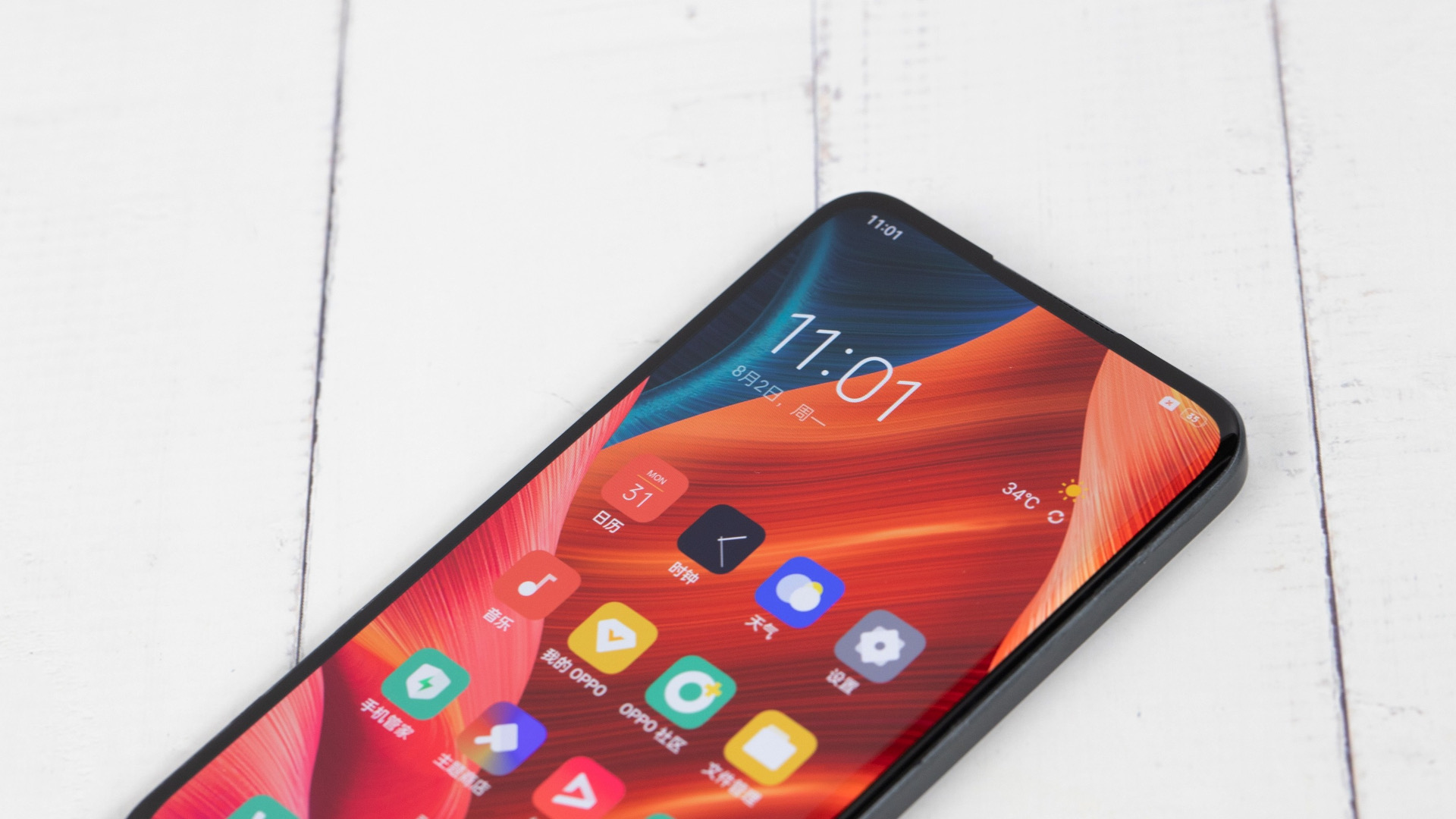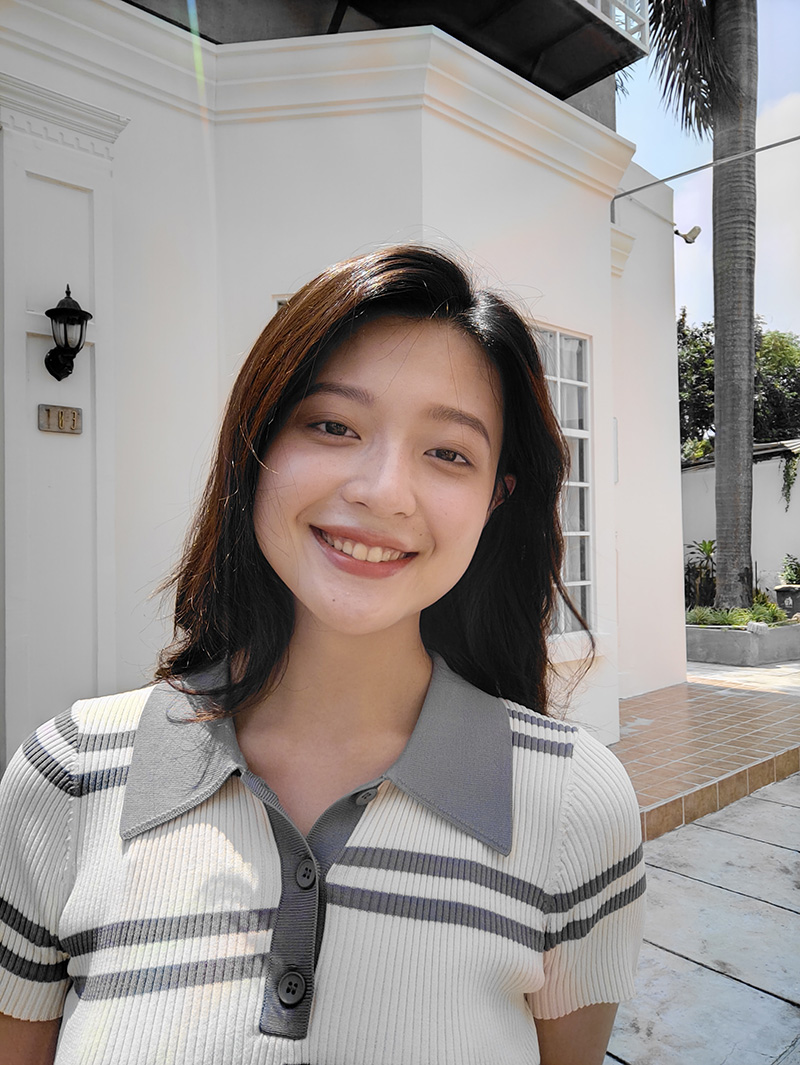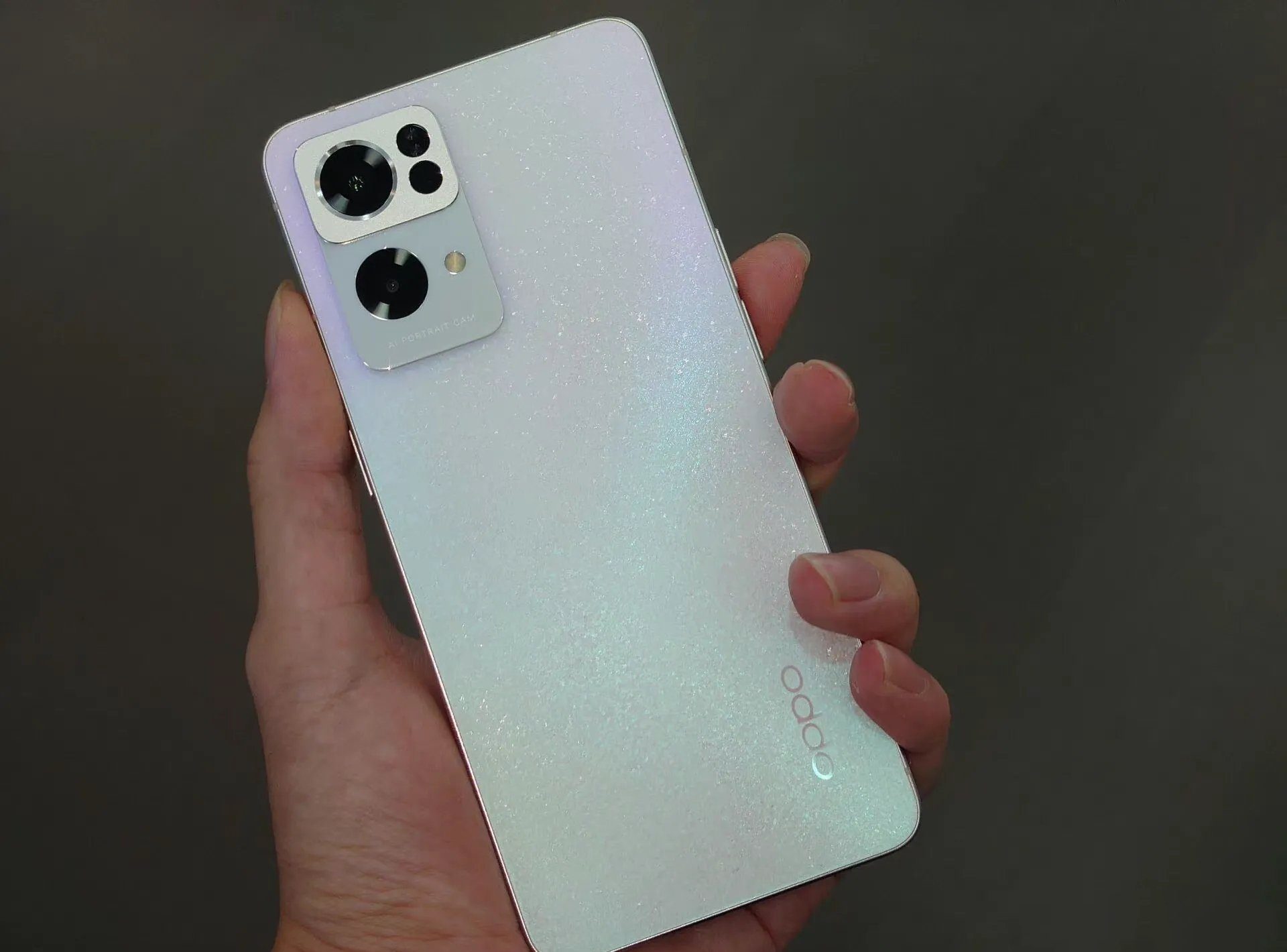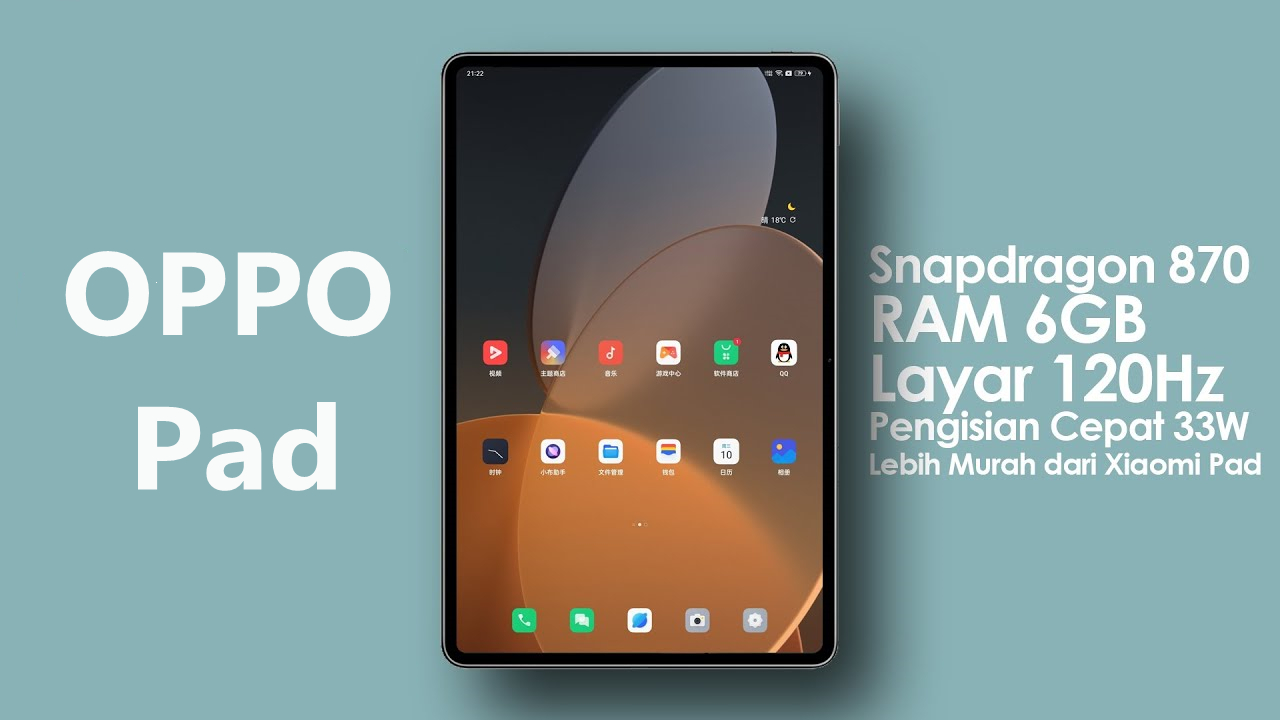Oppo was one of the first brands to show off under-display selfie cameras on smartphones, revealing its take on the technology back in late 2019. Since that, We’ve seen ZTE released two devices with this tech, while Samsung is tipped to offer this on the Galaxy Z Fold 3 soon as well.

Now, Oppo has taken another step closer to a commercial product by releasing its next-generation under-display selfie camera technology. The Chinese manufacturer says it’s resolved issues related to inconsistent screen quality in the area above the camera, poor picture quality because of the screen blocking the camera, and more.
A sharper display

One of the biggest challenges with under-display selfie cameras is that screens can’t be too pixel-dense, as light still needs to fit between the gaps in pixels and hit the underlying camera. We have seen some smartphones offer fewer pixels in the screen area above the camera, but this can result in a haze-like appearance.
However, Oppo has shrunk the size of the pixels on the display without reducing the number of actual pixels. This enables a 400 PPI display, even in the area above the camera.
Another major hardware adjustment is that Oppo has swapped out traditional screen wiring for thinner, transparent wiring. This should result in “much finer display quality with a smoother visual experience.”
Oppo says it’s also introduced a one-to-one pixel circuit (as opposed to one pixel circuit for two pixels seen in the industry now) for better screen accuracy, color, and brightness. Furthermore, it says several tweaks have resulted in a display with a 50% longer lifespan.
What about image quality?
Picture quality is a major concern with under-display selfie cameras, as we previously saw the ZTE Axon 20 delivering selfies akin to a camera with a smudged lens. But Oppo says it’s developed AI algorithms for HDR, white balance, and diffraction reduction in a bid to reduce issues such as blur and glare.
“Oppo has also trained its AI diffraction reduction model using tens of thousands of images to control problems caused by diffraction at the light source, allowing users to capture clearer, more natural-looking images,” the firm claimed. It also posted a sample image taken with a prototype phone containing the new tech. Check it out below.

The sample looks solid enough, although we do notice a little lens flare at the top. Hopefully, this isn’t a constant issue in broad daylight. We do however think the real test will occur in mixed lighting situations, as that’s when the ZTE Axon 20’s under-display selfie camera seems to fall apart.
Oppo didn’t reveal any specific plans to launch a commercial phone with this technology, merely saying it’ll continue developing the hardware and algorithms. So you might not want to hold your breath for a launch any time soon.
Which type of selfie camera do you prefer? Leave a comment below and let us know.




